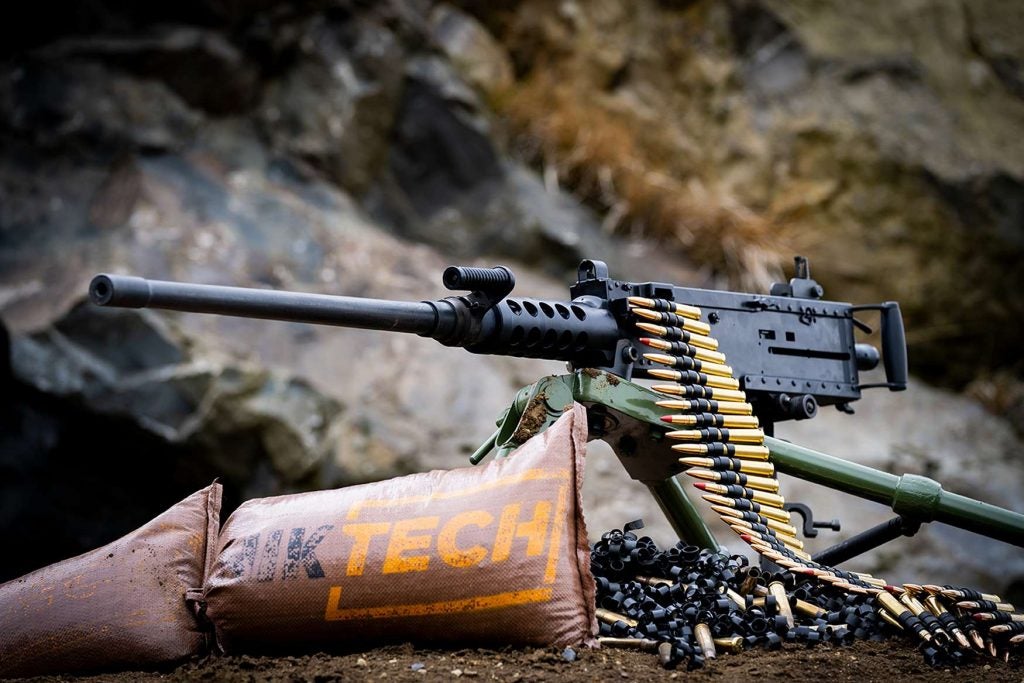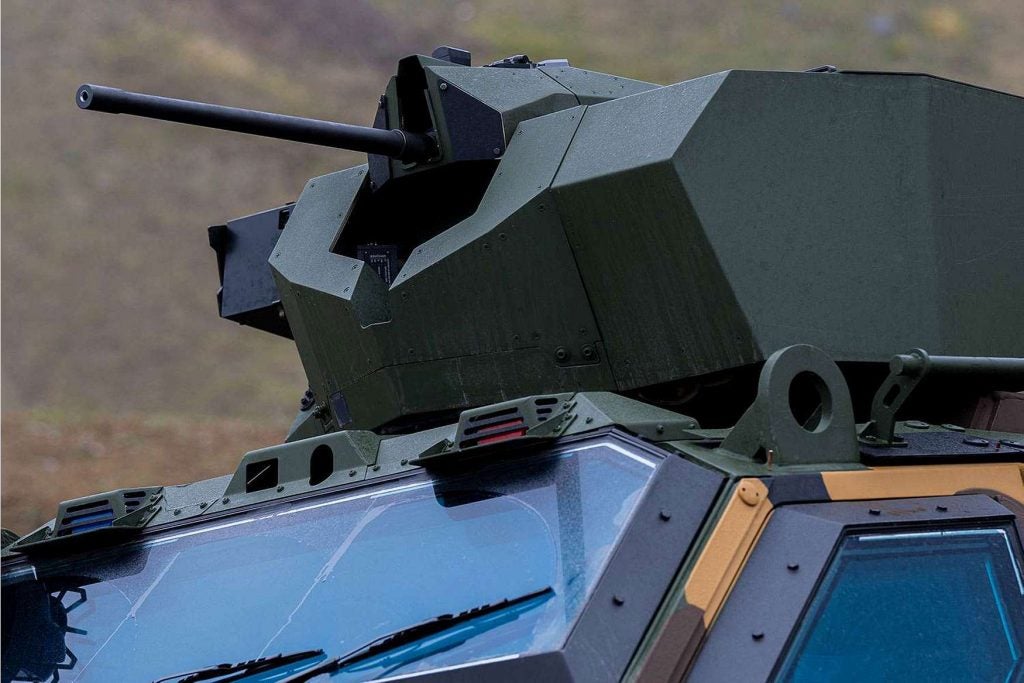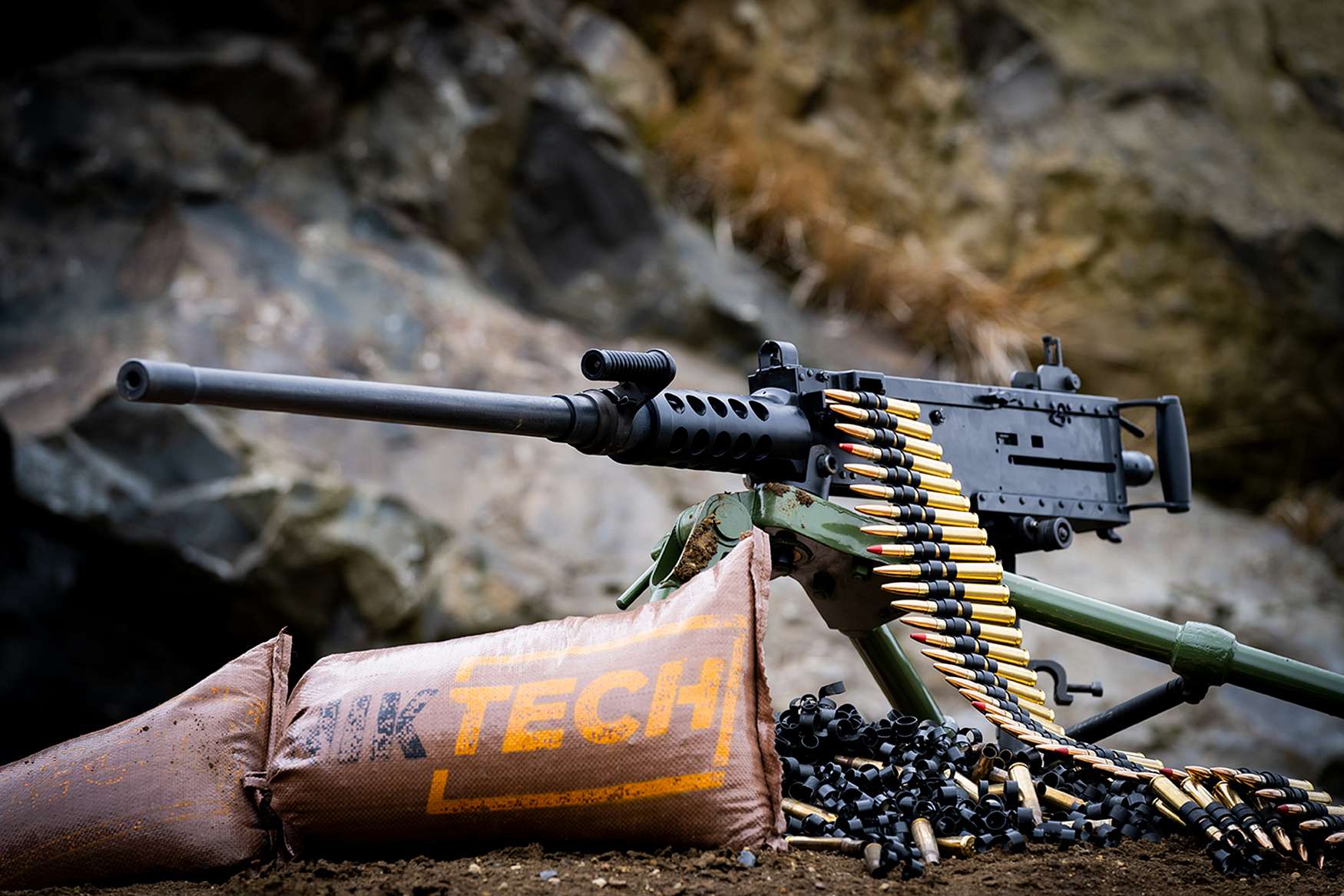Turkey has announcement the mass production of its first domestically manufactured heavy machine gun, the PMT 12.7 mm. Turkish Defense Industries Chairman Ismail Demir shared the news on his social media accounts, saying:
“6-7 years ago, Turkey didn’t even have a gun. Then we started to produce different calibers of infantry rifles. In fact, we have started manufacturing the large caliber weapons that they tried to embargo. Our 12.7mm machine gun is also designed to fire quickly on a variety of platforms. We have started mass production of our 12.7mm machine guns, having successfully completed the qualification processes. Deliveries to our security forces will continue as production increases. This means that our security forces have weapons far superior to those of their foreign counterparts. Thank you to everyone who participated.
The 12.7mm PMT, also known as the CANiK M2 QCB 12.7mm machine gun, was developed under the PMT project, which SYS carried out under the guidance of the Turkish Defense Industries Presidency (SSB) and was launched in 2018. Developing a national system to replace US M2s in the inventory of the Turkish Armed Forces was the main goal of the project. In this context, a 2-year design study was conducted by a 10-person R&D team from CANiK.
Another team works in parallel with the industrialization of the design. During the second part of 2020, the production and testing of the 12.7mm PMT project prototype was completed. During the qualification procedure of more than one million rounds, the CANİK M2 QCB successfully passed the high pressure, accelerated rain, salt spray, low and high temperature, icing and chemical tests. .
The CANİK M2 QCB is based on the .50 caliber (12.7×99mm) US M2 Browning, one of the oldest and most tested heavy machine guns in the world. The M2 was developed by John Browning towards the end of World War I, and the United States has used it extensively as a vehicle weapon and aircraft armament since the 1930s. The M2 established itself as a reliable, efficient and effective, having been used in active combat under a wide variety of conditions and methods for almost 90 years, remaining virtually unchanged during this time. Changes to the fundamental design of the weapon consist of modifications to meet the requirements for use on various air and ground vehicles. As a result, the CANiK M2 QCB appears to be a traditional design that has been tested and proven in real combat and modified to meet the demands of current and future battlefields.
Regarding the improvements made by CANİK, the company claims that the gun has a firing pin, ejector and barrel with twice the service life of its competitors. These three parts of the weapon are also the ones that wear the most with use.
The company also claims that the weapon’s operational performance in harsh and demanding environmental conditions has also improved due to the materials used and design adjustments made to it. Another improvement is the ability to put a variety of optical and lighting equipment on the machine gun.

The CANiK M2 QCB 12.7mm is an air-cooled, short-recoil, belt-fed heavy machine gun with a quick-change barrel that can be tripod-mounted or integrated into various air, land, and naval platforms. Equipped with a reversible charging handle, reversible belt feed system and single and automatic fire options, the gun weighs approximately 38 kilograms (not including flexible chute, ammo box and tripod) and has a total length of 165 centimeters. The weapon can fire 450 to 600 rounds per minute and can effectively engage targets at 1,830 meters. It is compatible with all standard NATO 12.7×99mm ammunition types. Its effective range, however, can be increased from 1,830 meters to 6,800 meters if used in conjunction with an advanced fire control system.

The CANIK M2 F version, a version of the AN/M2 aircraft weapon with a higher rate of fire, was also seen on video and will also be showcased by the company. The M3, a version with an even higher rate of fire, will be available in the first quarter of 2023.






More Stories
Delay in mass production of new Intel products is a boon for AMD, share of AMD x86 server processors expected to exceed 22% in 2023, according to TrendForce
Quantum industry milestone brings mass production of quantum chips closer
NEO Battery Materials provides updates on installation of additional equipment for mass production optimization and final stages of commercial plant design for construction